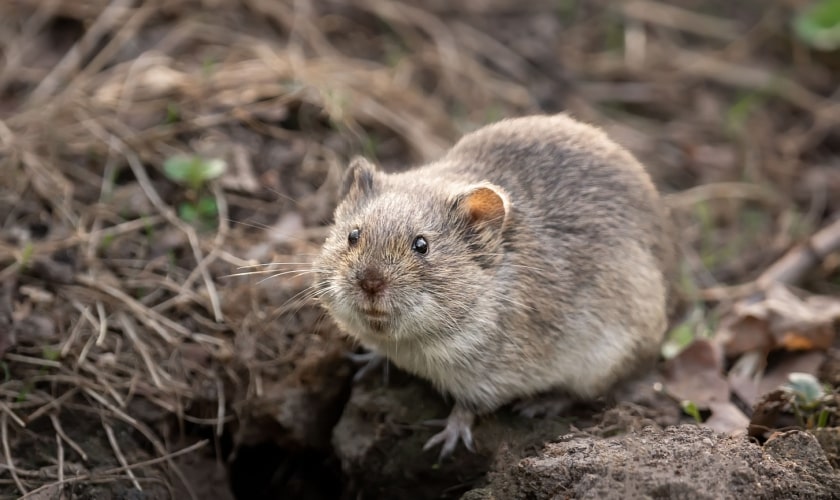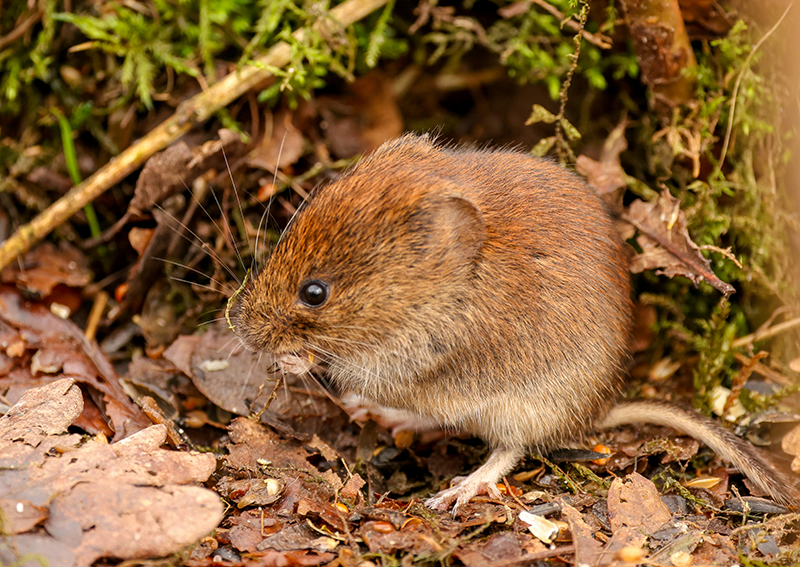Comprehensive Guide to Reliable Vole Parasite Control: Problem Recognition and Treatment Methods
In the realm of effective bug control, vole invasions posture an unique challenge that requires a calculated technique. By checking out the subtleties of vole habits, understanding essential indicators of infestation, and assessing a range of control options, one can establish a comprehensive approach to deal with these elusive bugs.
Recognizing Vole Actions
Vole behavior is defined by their tunneling routines and quick recreation rates, making them a challenging bug to control effectively. These little rats typically produce detailed passage systems underground, using them for shelter, food storage, and transportation. Voles are herbivores, taking in a range of plants, roots, turfs, and bulbs, which can create considerable damage to gardens, orchards, and grass. Their fast reproductive price additional makes complex control initiatives, with women efficient in creating numerous trashes in a solitary year, each containing a number of spawn.
Voles are most active throughout the very early morning and evening hours, investing most of their time foraging for food. Their delving practices not only disrupt lawns and yards yet additionally make them challenging to detect and remove. Recognizing vole habits is essential for reliable insect control strategies. By identifying their burrow areas, monitoring feeding locations, and implementing targeted control approaches, such as trapping or environment modification, vole problems can be handled effectively.
Indicators of Vole Problem

Avoidance Strategies
Executing reliable avoidance methods is important in minimizing vole invasions and guarding vegetation from their destructive feeding habits. To prevent vole problems, it is essential to begin by removing prospective food sources and shelter.
Regularly inspecting the residential or commercial property for signs of vole task, such as runways and delve openings, is crucial for very early discovery and punctual activity. If vole activity is suspected, consider using repellents or catches strategically put near their pathways.
Non-Lethal Control Techniques
To effectively manage vole populaces while focusing on humane techniques, non-lethal control strategies offer practical remedies for decreasing vole damage in landscapes and yards. These obstacles can be buried at least 12 inches deep and curved at a 90-degree angle to protect against voles from tunneling below.

Lethal Control Options
One efficient technique for addressing vole infestations in gardens and landscapes includes the strategic usage of lethal control choices. When faced with an extreme vole invasion that non-lethal techniques have actually stopped working to contain, executing lethal control procedures ends up being crucial. Overall, when using deadly control alternatives, it is vital to do so responsibly and in accordance with regional regulations to properly take care of vole problems.
Final Thought
To conclude, reliable vole parasite control needs a detailed understanding of vole behavior, recognition of indications of infestation, execution of prevention strategies, and application of both deadly and non-lethal control methods. By combining these methods, people can efficiently take care of vole populaces and shield their property from damage. It is very important to attend to vole invasions without delay to avoid additional concerns and reduce the impact on the surrounding atmosphere.
Provided the complex tunnel systems and quick recreation rates characteristic of voles, recognizing the signs of vole infestation comes to be important in efficient insect control. One of the key signs of vole visibility is the presence of surface paths This Site or trails in yard or snow, typically regarding 1-2 inches large, produced as voles travel in between their burrows and food sources.To successfully manage vole populaces while prioritizing humane techniques, non-lethal control strategies offer sensible solutions for decreasing vole damage in yards and landscapes.One efficient approach for resolving vole problems in yards and landscapes check here entails the strategic usage of deadly control options. vole control utah.In conclusion, reliable vole insect control calls for a thorough understanding of vole actions, identification of indications of infestation, application of prevention techniques, and use of both deadly and non-lethal control methods